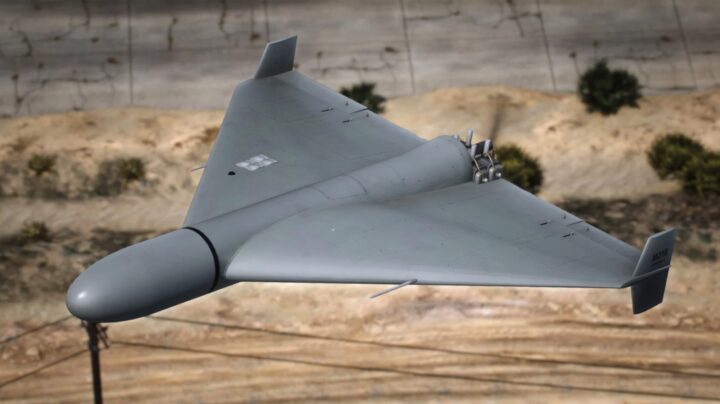Report: From Iranian to Fully Russian.. How Moscow Took Control of the "Shahed-136" Drone?

Russia has taken full control over the manufacturing of the Iranian drone "Shahed-136" after technically developing it to become more lethal, which has raised tensions with Tehran, which feels its role is being marginalized despite its military support for Moscow since the beginning of the war in Ukraine, according to a report by CNN.
A Russian documentary revealed the significant expansion in the production of the drone "Shahed-136" _known in Russia as "Giran"_ inside the "Alabuga" factory in Tatarstan, located about 600 miles east of Moscow. The film showed an advanced production line for engines, described by a Russian journalist as "unmatched in the country".
Timur Shagivaliev, the CEO of the factory, confirmed that the facility is "integrated" and produces most of the drone's components locally, including carbon fiber structures and microelectronics. Estimates from analysts and intelligence sources indicate that 90% of the manufacturing stages are now taking place within Russia, reflecting Moscow's near-total acquisition of the drone technology that has become a key weapon in its attacks on Ukraine.
Russian control over production has caused discontent in Iran, which expected greater returns for its military support to Moscow, especially after supplying thousands of drones and missiles since the war began. Tensions between the two countries escalated during the Israeli attacks on Iranian nuclear facilities last June, where Russia limited its response to "formal condemnations," according to Iranian analyst Ali Akbar Darini from the Strategic Studies Center affiliated with the Iranian president's office.
Darini added to CNN that Tehran had hoped for "greater operational support" from Russia, such as increased arms shipments or intelligence cooperation, but Moscow has adhered to the limits of "self-interest," as described by a Western intelligence source, confirming that cooperation between the two countries is "purely utilitarian and commercial".
Russia began importing the drone after its invasion of Ukraine in February 2022, then signed an agreement with Iran in early 2023 worth $1.75 billion to produce it locally. By September 2025, Moscow completed the manufacturing of 6,000 drones a year ahead of schedule, according to Ukrainian intelligence, which also revealed that the factory now produces more than 5,500 drones monthly, with a significant cost reduction from $200,000 per unit in 2022 to about $70,000 currently.
Russia has also introduced technical improvements to the drone, such as advanced communication systems, longer-lasting batteries, and larger warheads, which have increased its combat effectiveness. Experts believe these modifications reflect "Iran's gradual loss of control" over the final product, at a time when Moscow seeks to achieve complete self-sufficiency in production.
Darini concluded his analysis by stating that the relationship between the two countries is "a mix of cooperation and competition," noting that Russian policy is "purely pragmatic, placing self-interest above any ally commitments".
It seems that Russia's expansion in the manufacturing and development of "Shahed-136" has transformed it from an Iranian weapon into a fully Russian product, raising questions about the future of military cooperation between the two countries amid increasing disputes.